
Update: Ethylene exerts species-specific and age-dependent control of photosynthesis
Blog, Plant Physiology, Plant Physiology: UpdatesBy Johan Ceuster and Bram Van de Poel
Abstract
The volatile plant hormone ethylene plays a regulatory role in many developmental processes and in biotic and abiotic stress responses. One of the under-explored actions of ethylene is its regulation of photosynthesis and associated components such…
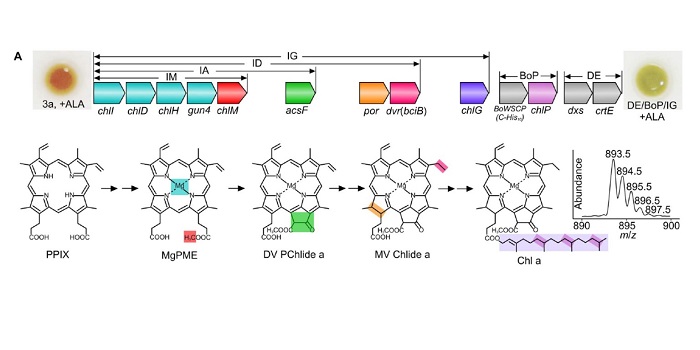
Complete enzyme set for chlorophyll biosynthesis in Escherichia coli (Sci. Adv.)
Plant Science Research WeeklyAlthough the reactions and enzymes involved in the biosynthesis of chlorophyll are well known, the entire pathway has never before been reconstituted in a non-photosynthetic organism. Chen et al. have done this. The cells (E. coli) expressing the full pathway accumulate chlorophyll and look green! However,…
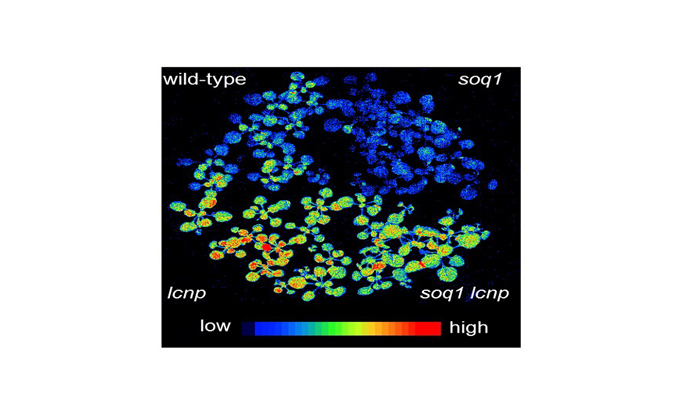
Protection from the Sun: Sunscreen for Plants
Research, The Plant Cell, The Plant Cell: In a NutshellMalnoë et al. demonstrate that a protein from the lipocalin family plays a role in promoting energy dissipation that prevents damage from long-term light stress. The Plant Cell (2017). https://doi.org/10.1105/tpc.17.00536
By Alizée Malnoë
Background: Light is necessary for plant growth…

Glucose-Induced Trophic Shift in an Endosymbiotic Dinoflagellate
Blog, Plant Physiology, Plant Physiology: On The Inside, Research, Research BlogDinoflagellates in the genus Symbiodinium have the ability to enter into endosymbiotic associations with corals, providing the metabolic basis for the highly productive and biologically diverse coral-reef ecosystems, as well as with other cnidarians, including sea anemones and jellyfish. The Symbiodinium-coral…
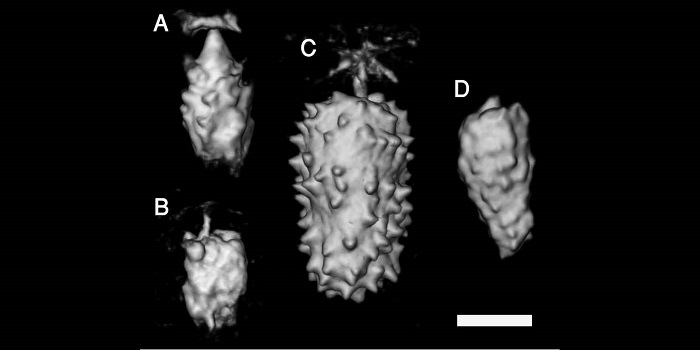
Mineral Deposits in Ficus Leaves
Blog, Plant Physiology, Plant Physiology: On The Inside, Research, Research BlogMineral deposits occur in many, but not all plant leaves. In those leaves that do have minerals, the mineral type, morphology and the distributions within the leaves are under strict control. In fact, mineralization in certain leaves is a well-preserved trait throughout evolution, indicating that such…
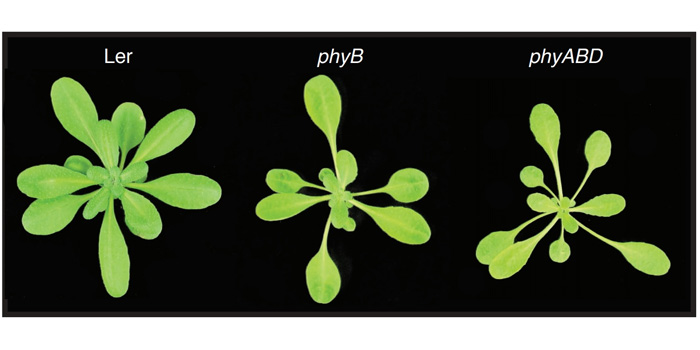
Phytochrome, metabolism and growth plasticity
Blog, Plant Science Research Weekly, Research, Research BlogPhytochromes are plant photoreceptors that can sense red and far-red light, as-well-as the ratio of these light qualities. This review examines the relationship between phytochrome signalling and carbon metabolism. Krahmer et al. assess the influence of phytochrome signalling on the synthesis of…
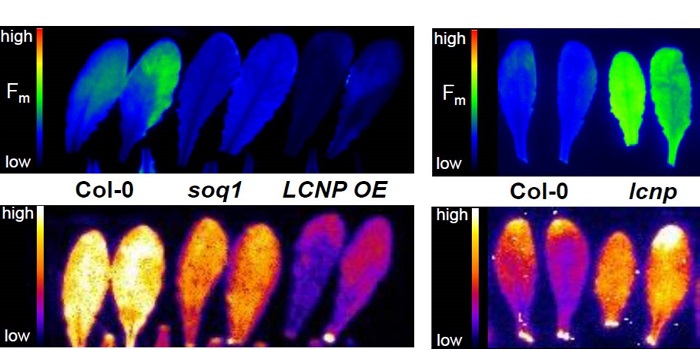
The plastid lipocalin LCNP is required for sustained photoprotective energy dissipation
Blog, Plant Science Research Weekly, Research, Research BlogPlants have several mechanisms to protect themselves from damage from excess light, including a set of reactions collectively described as non-photochemical quenching or NPQ. One of these is a sustained and slowly reversible form of NPQ, which the authors have named qH. How this sustained NPQ functions…

Cell density and airspace patterning in the leaf can be manipulated to increase leaf photosynthetic capacity
Blog, Plant Science Research Weekly, Research, Research BlogIncreasing photosynthetic conversion efficiency is an attractive target for improving crop yields. One way of affecting this is to alter the way CO2 is delivered to Rubisco, the carbon-fixing enzyme of photosynthesis. Lehmeier et al. aimed to change the pattern of air spaces within Arabidopsis leaves…
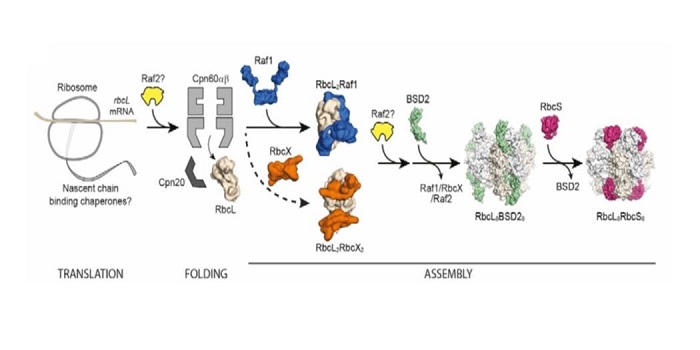
Plant RuBisCo assembly in E. coli with five chloroplast chaperones ($)
Blog, Plant Science Research Weekly, Research, Research BlogIn plants, Ribulose-1,5-bisphosphate carboxylase/oxygenase (RuBisCo), the enzyme responsible for fixing carbon, is a made up of 8 each of the large and small subunits, making the L8S8 form. Efforts to study this enzyme have been thwarted by the inability to assemble an active L8S8 form in a heterologous…

